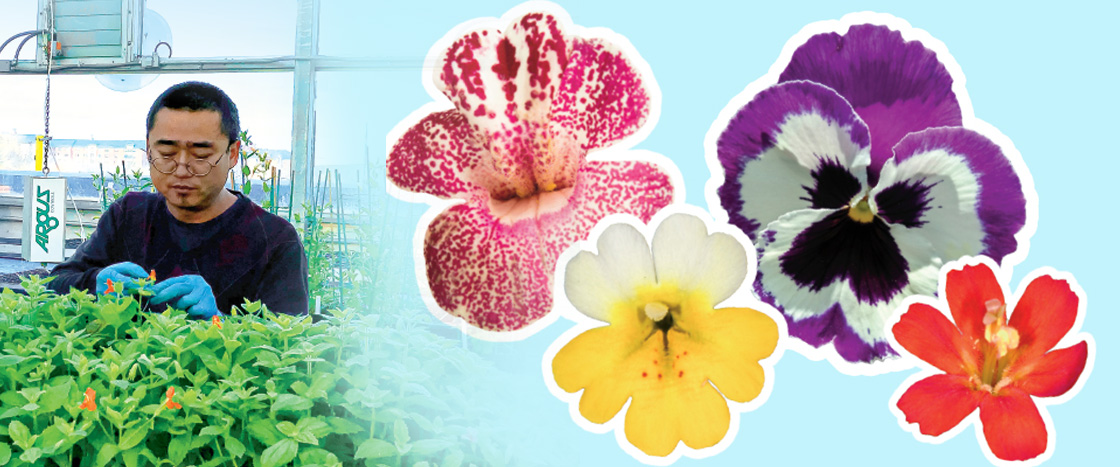Heather Angel/NPL/Minden Pictures
Freckle-like dots, blobs of color, spirals! The petals of wild monkeyflowers show a dazzling variety of color combinations. They have more than 100 possible patterns!
Why so many varieties? These vibrant hues help with pollination, the act of spreading a plant’s pollen so it can reproduce. The petal patterns act like landing strips for pollinators such as bees. They guide the insects into the flower so the bugs will pick up pollen and spread it to other flowers. Scientists know why these flowers look so different—but they want to know how.
Dots like freckles. Blobs of color. Spirals! The petals of wild monkeyflowers show an amazing variety of color combinations. These petals can show more than 100 possible patterns!
Why so many varieties? The vibrant hues help with pollination. Pollination happens when pollen from a plant spreads to other plants. Pollination is how plants reproduce. The petal patterns act like landing strips for bees and other pollinators. The patterns guide the insects into the flower. Pollen sticks to the bugs. Then the bugs spread the pollen to other flowers. Scientists know why these flowers look so different. But they want to know how.

